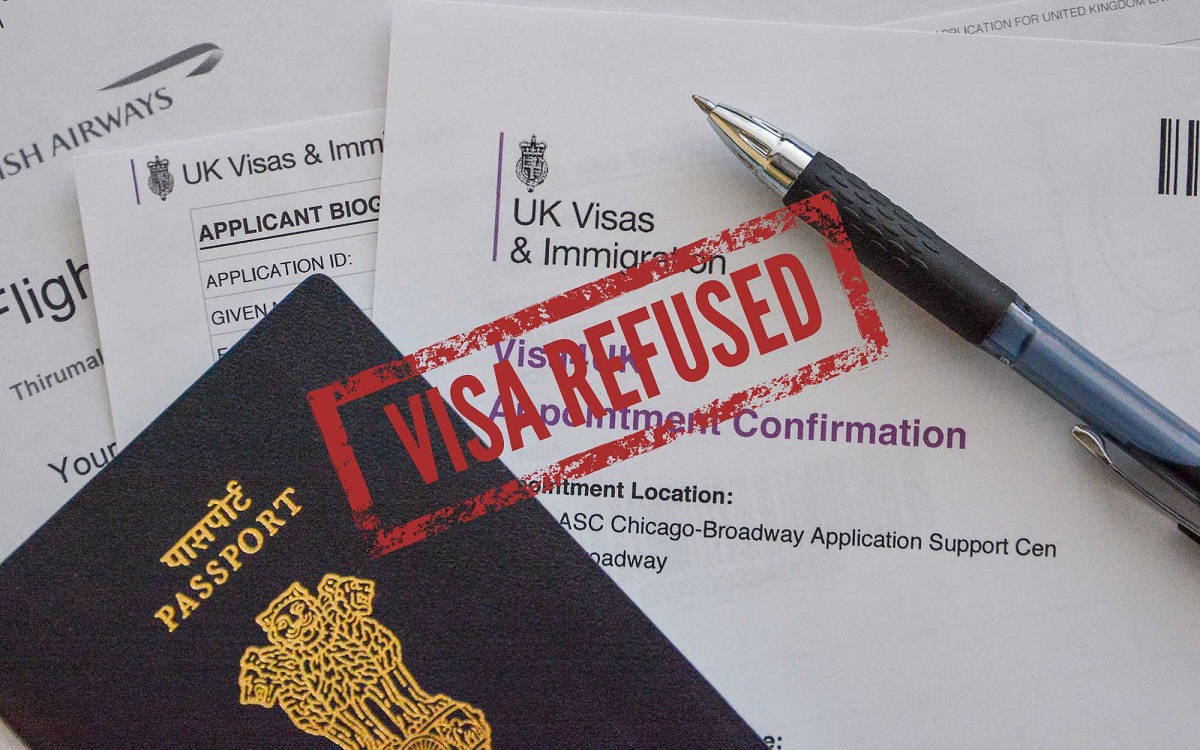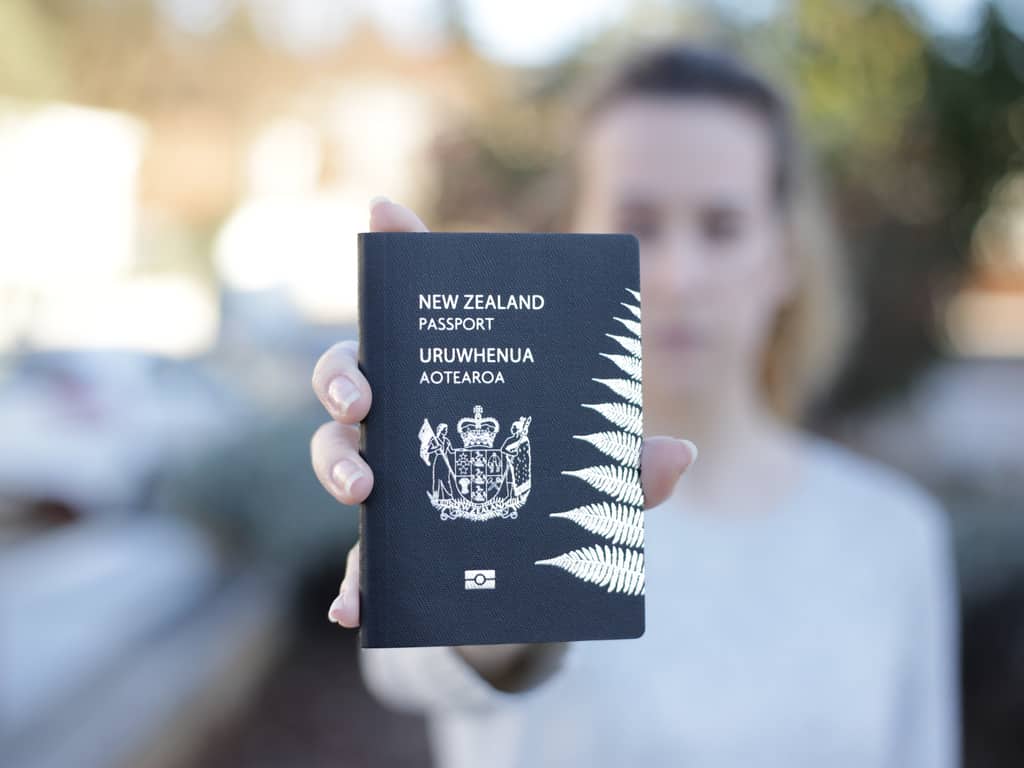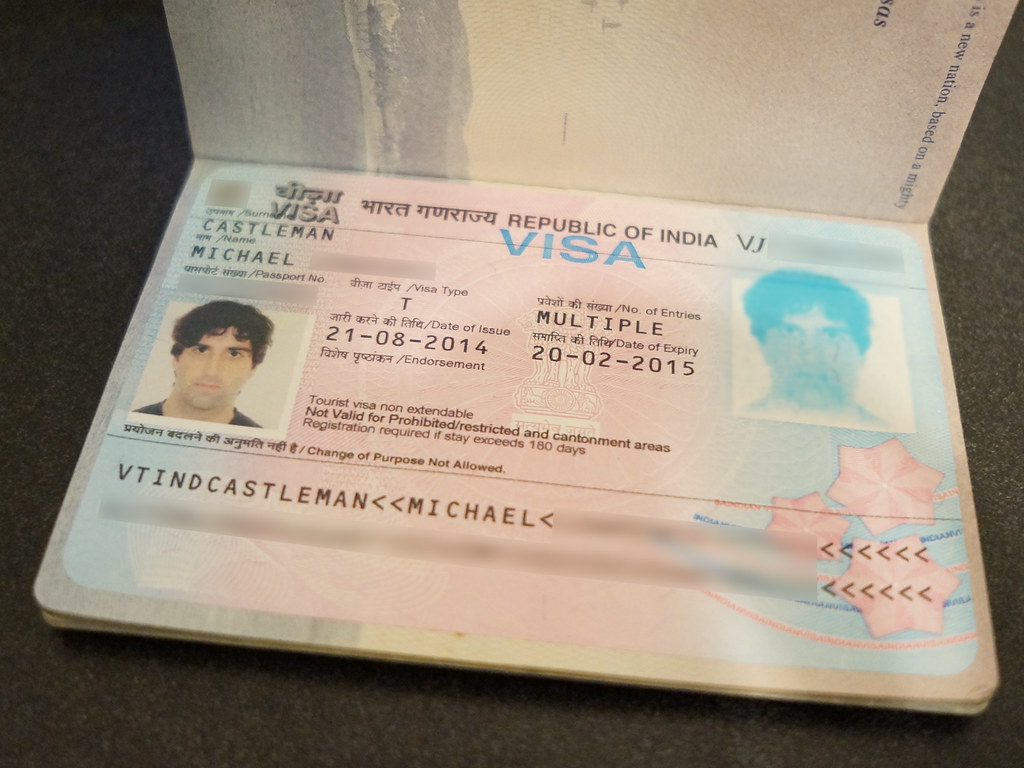
Understanding Indian Visa Rejections
Receiving a rejection for an Indian visa can be disheartening and frustrating, but understanding the reasons behind it can help applicants prepare better for future applications. TYPES OF INDIAN EVISA This article explores common reasons why Indian visas are rejected and offers guidance on what to do if your visa application is denied.
Common Reasons for Visa Rejection
Incomplete Documentation
One of the most common reasons for visa rejection is incomplete documentation. Missing or inaccurate documents such as passport copies, photographs, proof of accommodation, or financial means can lead to immediate rejection.
Purpose of Visit Unclear
Visa applications must clearly state the purpose of the visit to India. If this purpose is not well-defined or does not match the visa category applied for (e.g., applying for a tourist visa but providing business-related documents), the application may be rejected.
Lack of Financial Proof
Applicants must demonstrate sufficient financial means to support themselves during their stay in India. Inadequate proof of financial solvency, such as insufficient bank statements, can lead to visa rejection.
Overstay or Immigration Violations
Previous immigration violations, such as overstaying a visa in India or another country, can adversely affect future visa applications. Consistent compliance with immigration laws is crucial to avoid visa rejections.
What to Do If Your Visa Is Rejected
Review Rejection Letter
Upon visa rejection, carefully review the rejection letter provided by the Indian embassy or consulate. It will typically outline the reason(s) for rejection, enabling you to understand the specific grounds on which your application was denied.
Rectify Documentation Errors
If the rejection was due to incomplete or inaccurate documentation, rectify these errors before reapplying. Ensure all required documents are complete, up-to-date, and meet the specific requirements of the visa category.
Addressing Purpose of Visit
If the rejection was due to an unclear or mismatched purpose of visit, INDIAN VISA REJECTED provide additional supporting documents or clarifications in your reapplication to clearly demonstrate the intended purpose of your trip to India.
Consulting with Visa Experts
Consider seeking advice from visa consultants or legal experts specializing in Indian visas. They can provide guidance on reapplication strategies, review your documents, and assist in addressing any concerns raised in the rejection letter.
Reapplying for an Indian Visa
Wait for the Specified Period
Embassies or consulates may specify a waiting period before reapplying after a rejection. Adhere to this timeframe and use the waiting period to address any issues identified in the rejection letter.
Compile Stronger Application
Compile a stronger visa application for your reapplication, addressing the reasons for the previous rejection comprehensively. Provide additional supporting documents or explanations to strengthen your case.
Conclusion
While a visa rejection can be disappointing, it is essential to view it as an opportunity to learn and improve your application. By understanding common reasons for rejection, rectifying errors, providing clear documentation, and seeking professional advice if needed, applicants can enhance their chances of obtaining an Indian visa successfully in future attempts. This article provides insights into Indian visa rejections, offering guidance on understanding rejection reasons, steps to rectify errors, and strategies for reapplying effectively to secure a visa for travel to India.





